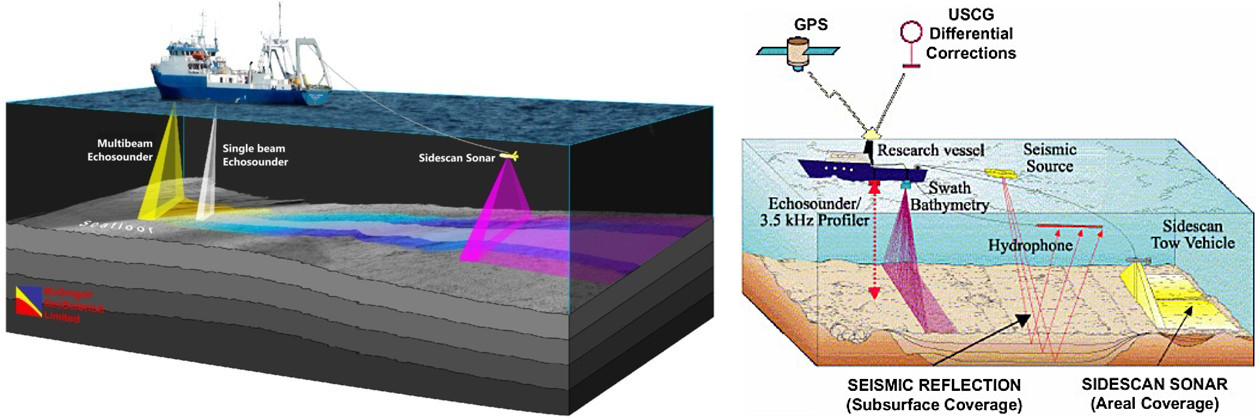All Categories
Featured
Table of Contents
Geophysical Survey Llc - Home in Cannington Aus 2022
Much of the image includes blank areas now with little or no radar response. The "courtyard" wall is still showing strongly, however, and there are continuing recommendations of a difficult surface area in the SE corner. Time slice from 23 to 25ns. This last slice is now practically all blank, however a few of the walls are still revealing highly.
How deep are these pieces? The software I have access to makes estimating the depth a little challenging. If, however, the leading three pieces represent the ploughsoil, which is probably about 30cm think, I would think that each piece is about 10cm and we are only coming down about 80cm in total.

Fortunately for us, many of the sites we are interested in lie simply listed below the plough zone, so it'll do! How does this compare to the other approaches? Contrast of the Earth Resistance data (top left), the magnetometry (bottom left), the 1517ns time piece (top right) and the 1921ns time piece (bottom left).
What Is The Difference Between Geophysical Method And ... in Southern River Australia 2021
Magnetometry, as gone over above, is a passive technique determining local variations in magnetism against a localised no value. Magnetic vulnerability study is an active technique: it is a measure of how magnetic a sample of sediment could be in the presence of an electromagnetic field. Just how much soil is evaluated depends on the size of the test coil: it can be really little or it can be fairly big.
The sensor in this case is really little and samples a tiny sample of soil. The Bartington magnetic vulnerability meter with a large "field coil" in use at Verulamium throughout the course in 2013. Top soil will be magnetically enhanced compared to subsoils simply due to natural oxidation and decrease.
By measuring magnetic susceptibility at a relatively coarse scale, we can detect areas of human occupation and middens. Unfortunately, we do not have access to a trusted mag sus meter, but Jarrod Burks (who assisted teach at the course in 2013) has some excellent examples. Among which is the Wildcat site in Ohio.
Greeley-evans Area 3d Geophysical Survey in Attadale Western Australia 2022
These villages are frequently laid out around a main open area or plaza, such as this reconstructed example at Sunwatch, Dayton, Ohio. Sunwatch Village, Dayton, Ohio (image: Jarrod Burks). At the Wildcat website, the magnetometer survey had found a range of functions and houses. The magnetic susceptibility study assisted, nevertheless, define the primary location of profession and midden which surrounded the more open area.
Jarrod Burks' magnetic vulnerability study arises from the Wildcat site, Ohio. Red is high, blue is low. The strategy is for that reason of terrific use in specifying locations of basic occupation rather than determining specific features.
Geophysical surveying is an applied branch of geophysics, which uses seismic, gravitational, magnetic, electrical and electromagnetic physical approaches at the Earth's surface to measure the physical homes of the subsurface - Geological And Geophysical Surveys in Roleystone Aus 2020. Geophysical surveying approaches generally measure these geophysical residential or commercial properties along with abnormalities in order to assess different subsurface conditions such as the presence of groundwater, bedrock, minerals, oil and gas, geothermal resources, voids and cavities, and far more.
Latest Posts
Bachelor's Degree In Geophysics - Degrees & Programs in Woodbridge Oz 2023
Geophysical Methods in Leederville Aus 2022
Job Profiles : Geophysicist Physics in Northbridge WA 2020